In the world of event planning, seating arrangement hold a remarkable power – they can either make or break the success of your gathering. The chosen seating arrangement type can profoundly influence the dynamics, comfort, and engagement of your event, be it a conference, a wedding, a meeting, or any other special occasion.
So, how do you go about selecting the right seating arrangement type for your event? The answer to this question lies in considering various factors, such as the nature of your event, its duration, and the specific needs of your attendees. For instance, a week-long conference featuring numerous lectures demands a different seating layout than a single-day creative workshop for a small team.
The selection of a seating arrangement should harmonize with the space available, the event’s objectives, and the furniture at your disposal. To assist you in making a well-informed choice, we’ll explore eight essential seating arrangements. Plus learn about how easy and convenient it is to make your own seating arrangements in any venue with Spalba’s Event Mockup Builder.
Chevron seating arrangement features two columns of short, angled rows with a central aisle, focusing attendees’ attention on a central focal point, making it ideal for speaker-oriented events.
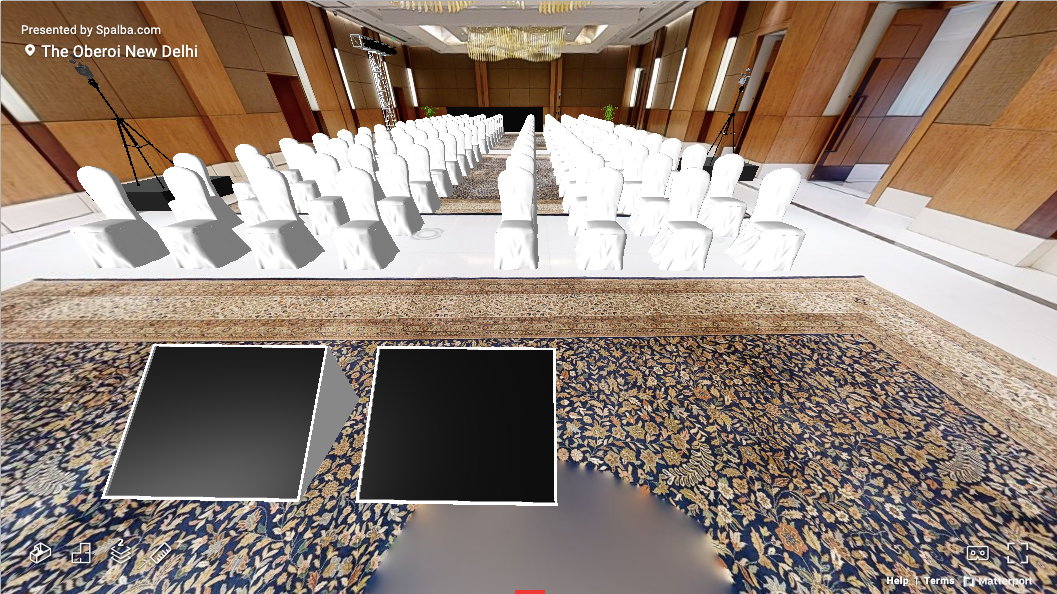
- Facilitates clear focus on speakers or presenters.
- Allows for small group discussions.
- Efficient use of space with angled rows.
- Not suitable for large group discussion
- Attendees may experience sightline issues if seats aren’t staggered
Theatre style seating is a classic arrangement where rows of chairs or benches are aligned in a straight line facing a central stage or presentation area. This layout maximizes seating capacity and directs attendees’ focus on the stage, making it ideal for performances, lectures, and large gatherings where passive observation is the primary objective.
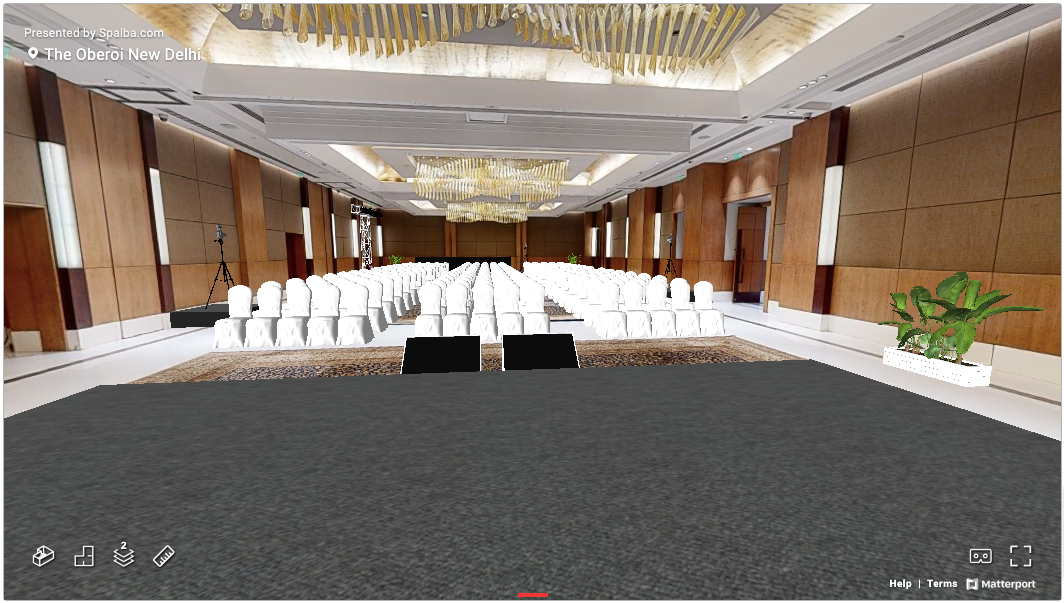
Pros:
- Suitable for large gatherings, lectures, and ceremonies.
- Offers clear visibility of the main stage or speaker.
Cons:
- Sound quality may be a challenge.
- Limited interaction among attendees or group breakout sessions can be uncomfortable.
Banquet seating arrangement involves round tables spread throughout the space, often accommodating 8-10 people per table, fostering socialization and dining comfort.
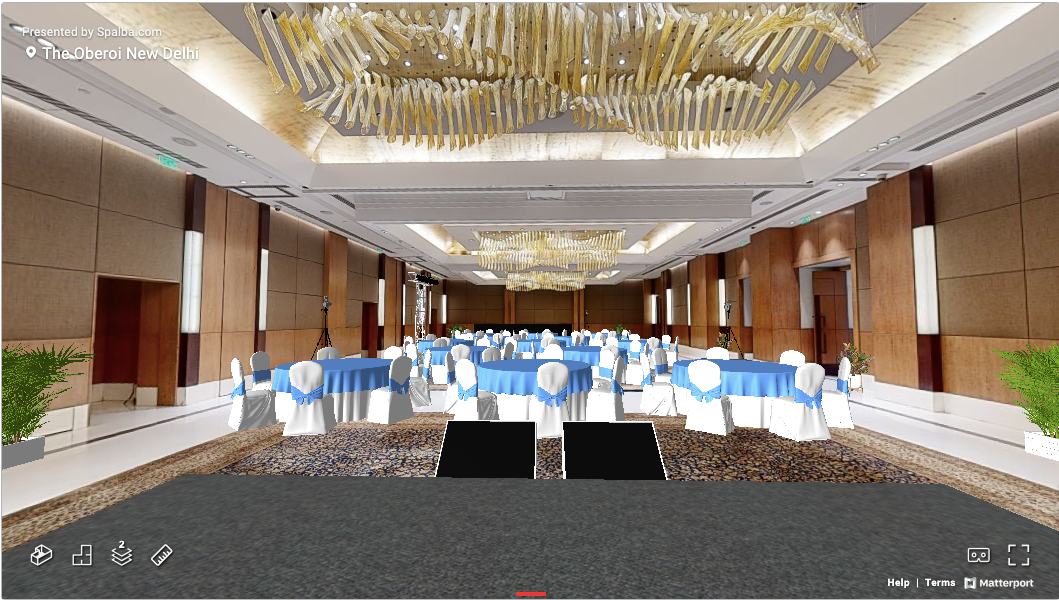
Pros:
- Encourages socializing and relaxation.
- Ideal for networking and comfortable dining.
Cons:
- Each table creates isolated islands, limiting interaction with other tables.
- May not be suitable for events requiring extensive inter-table interaction.
Cabaret seating arrangement creates a semi-circular layout with a central focal point, encouraging socializing while maintaining focus on performances or presentations.
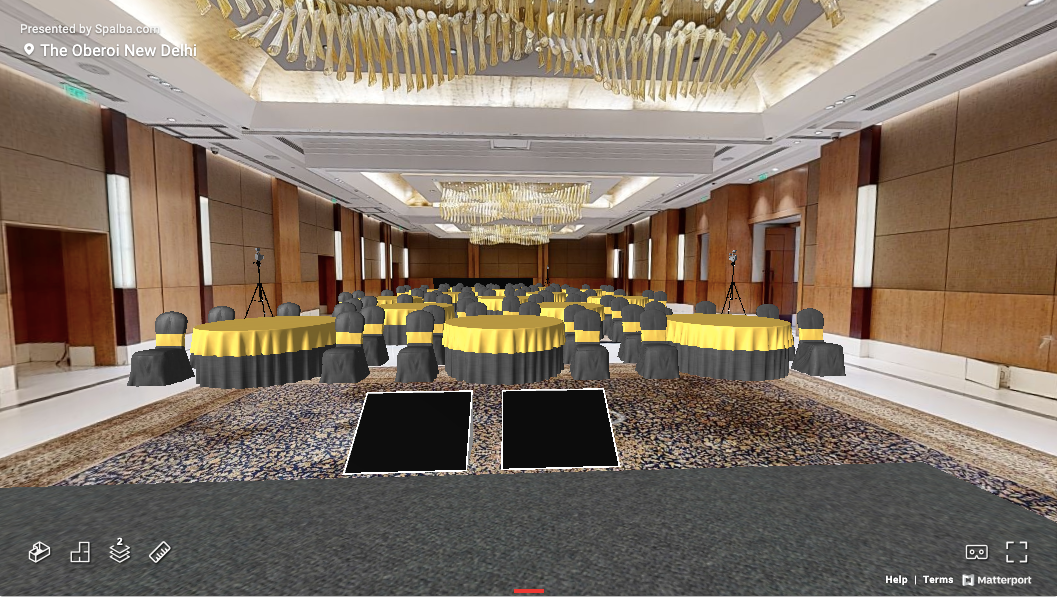
Pros:
- Balances socialization and focus on the event.
- Lends a relaxed and organic atmosphere.
Cons:
- Inefficient use of space.
- May not be the best choice for events maximizing seating capacity.
Classroom seating arrangement is characterized by rows of tables with chairs, designed for focused learning and note-taking.
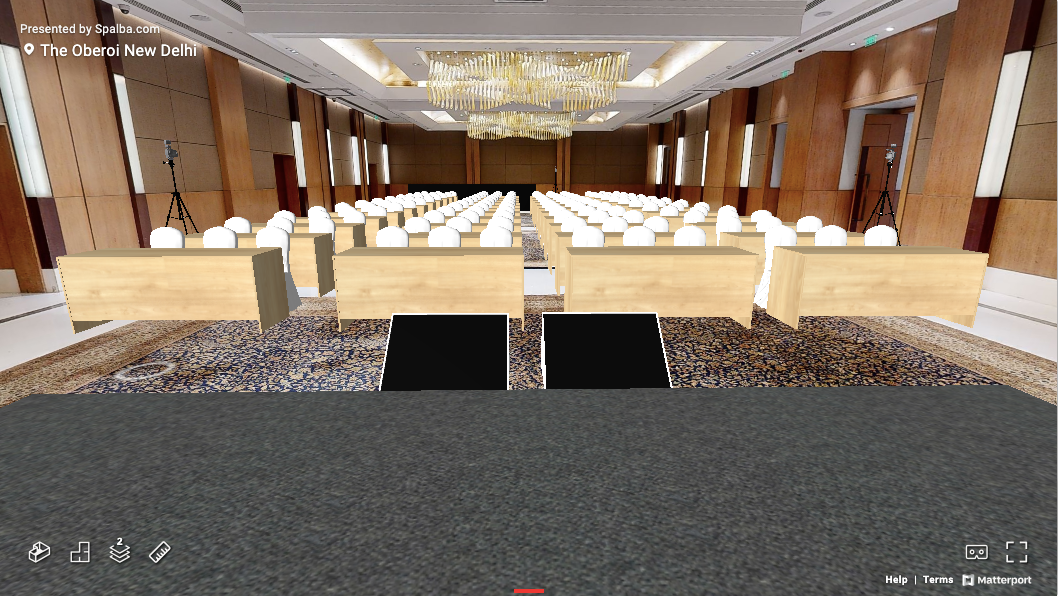
Pros:
- Directs attention to the front of the room.
- Supports active learning and note-taking.
Cons:
- Can feel crowded without proper spacing.
- May evoke a more nostalgic classroom setting.
Hollow square seating arrangement resembles a square with an open center, promoting visual connection among attendees, suitable for both dining and work settings.
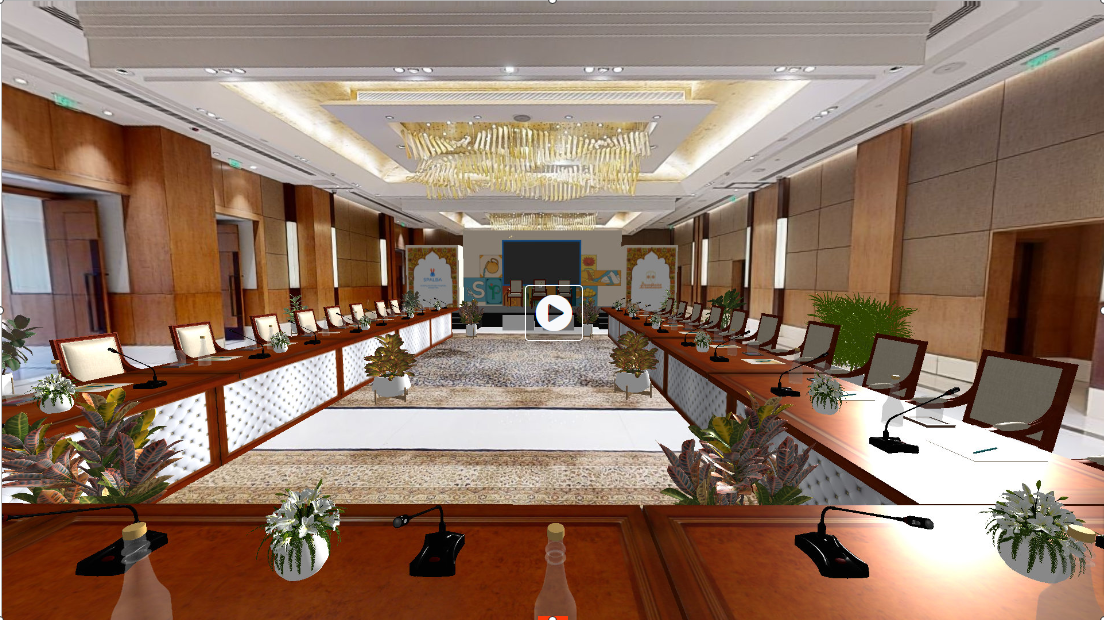
Pros:
- Facilitates interactions and discussions.
- Offers a visual connection among all participants.
Cons:
- Less conducive to presentations.
- Lacks a clear focal point or leadership seat.
U-shaped seating arrangement consists of tables arranged in the shape of a ‘U,’ with an open end, allowing attendees to maintain visibility and interaction during presentations or discussions.
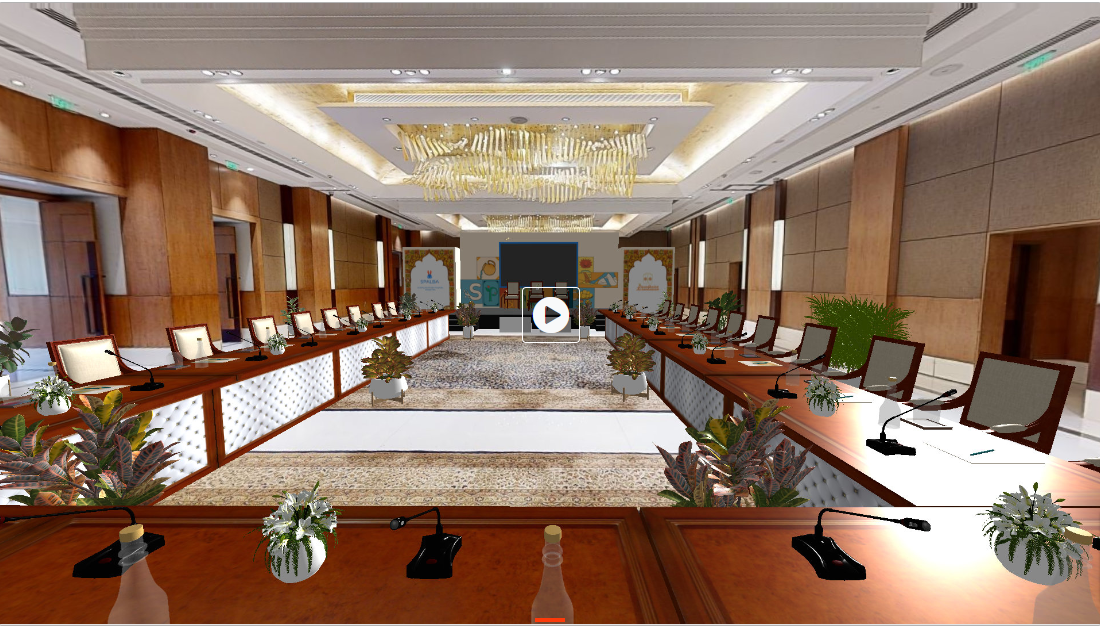
Pros:
- Ideal for presentations and group collaboration.
- Ensures attendees can see and engage with each other and the speaker.
Cons:
- Requires a facilitator or designated leader to guide discussions.
- May not be practical for larger groups exceeding 30 attendees.



